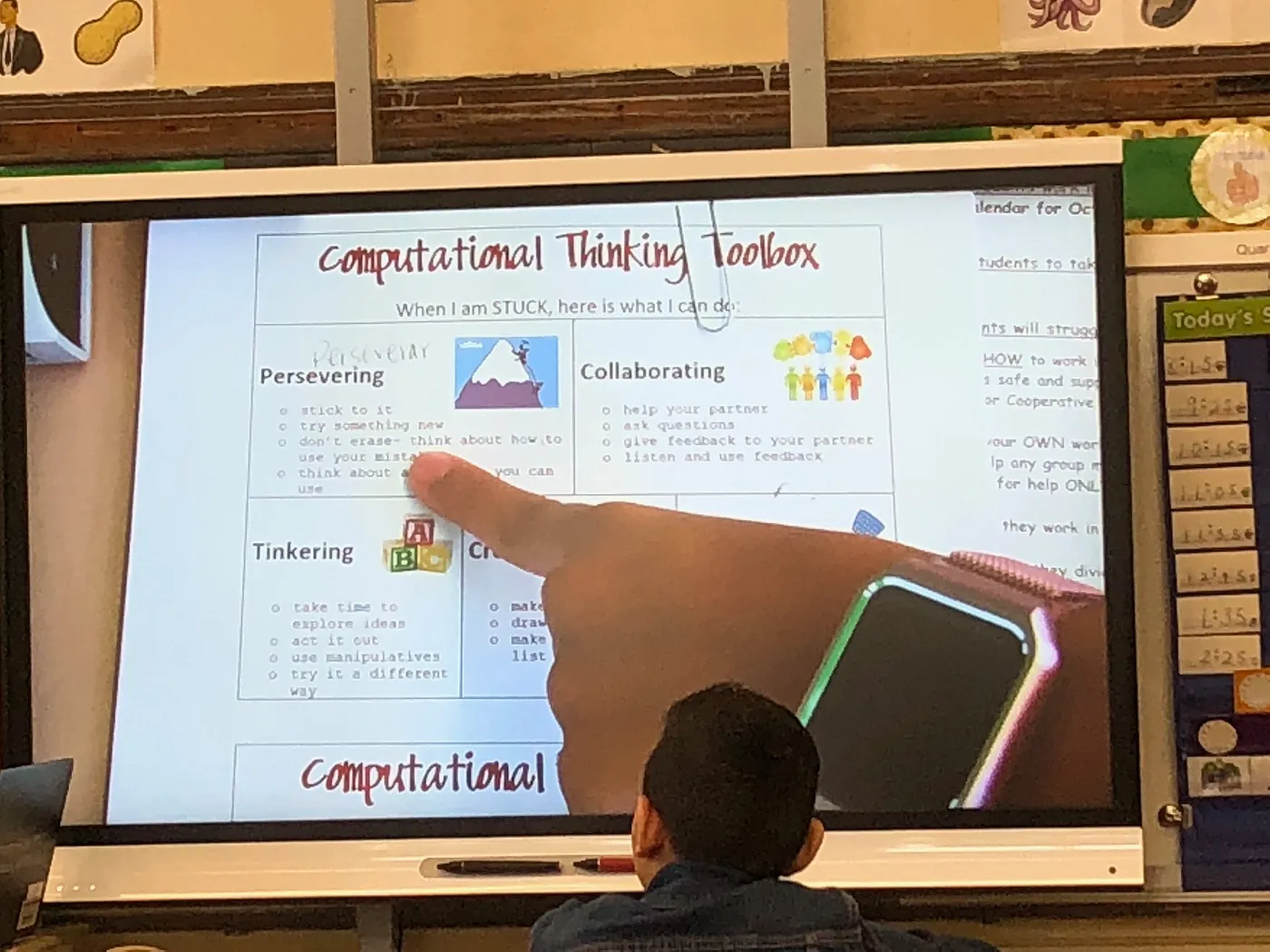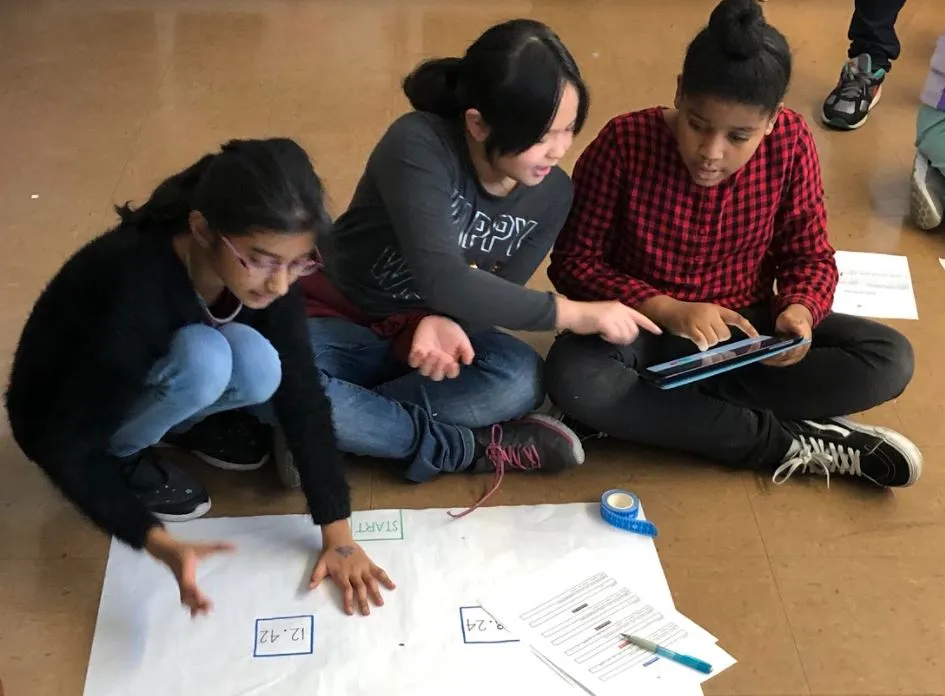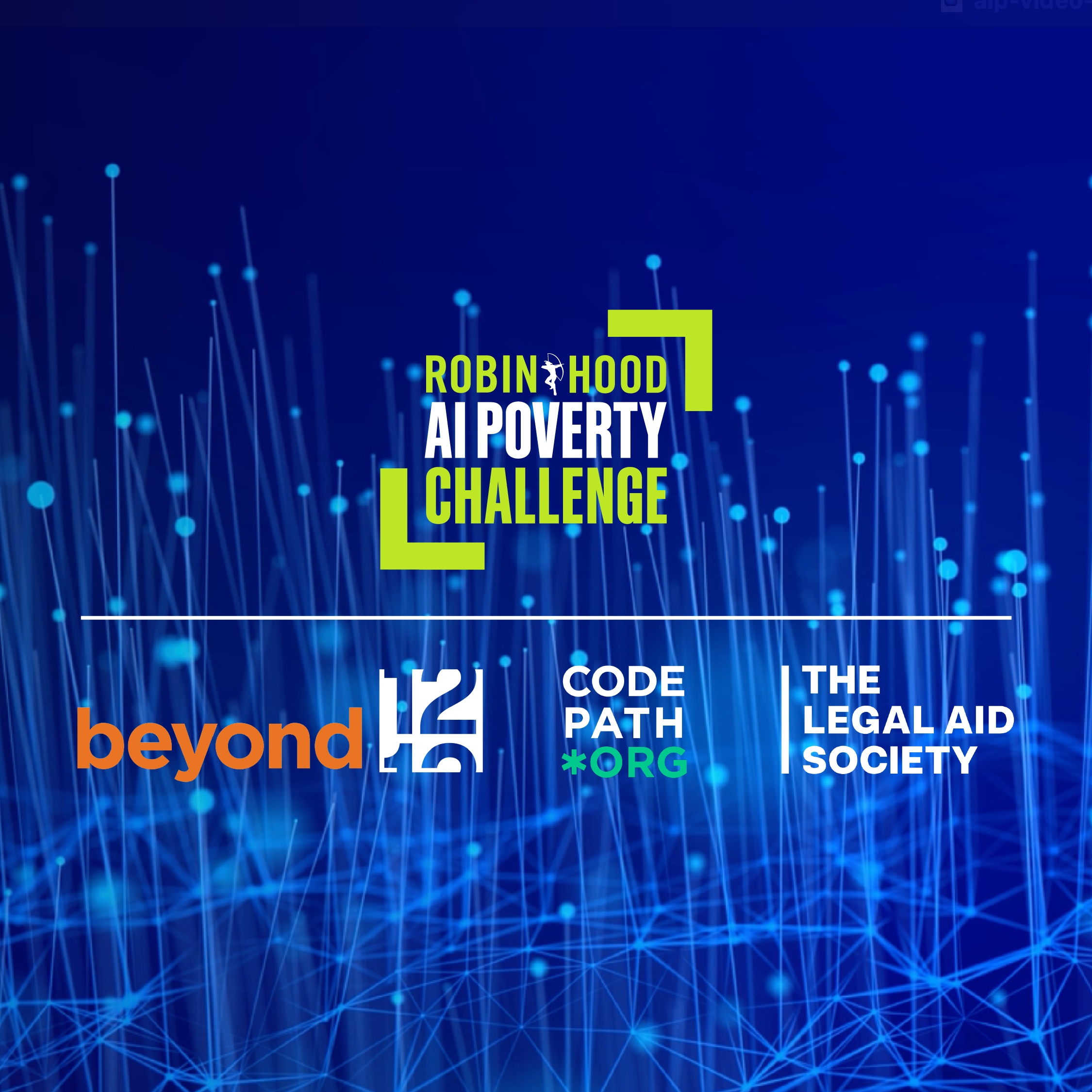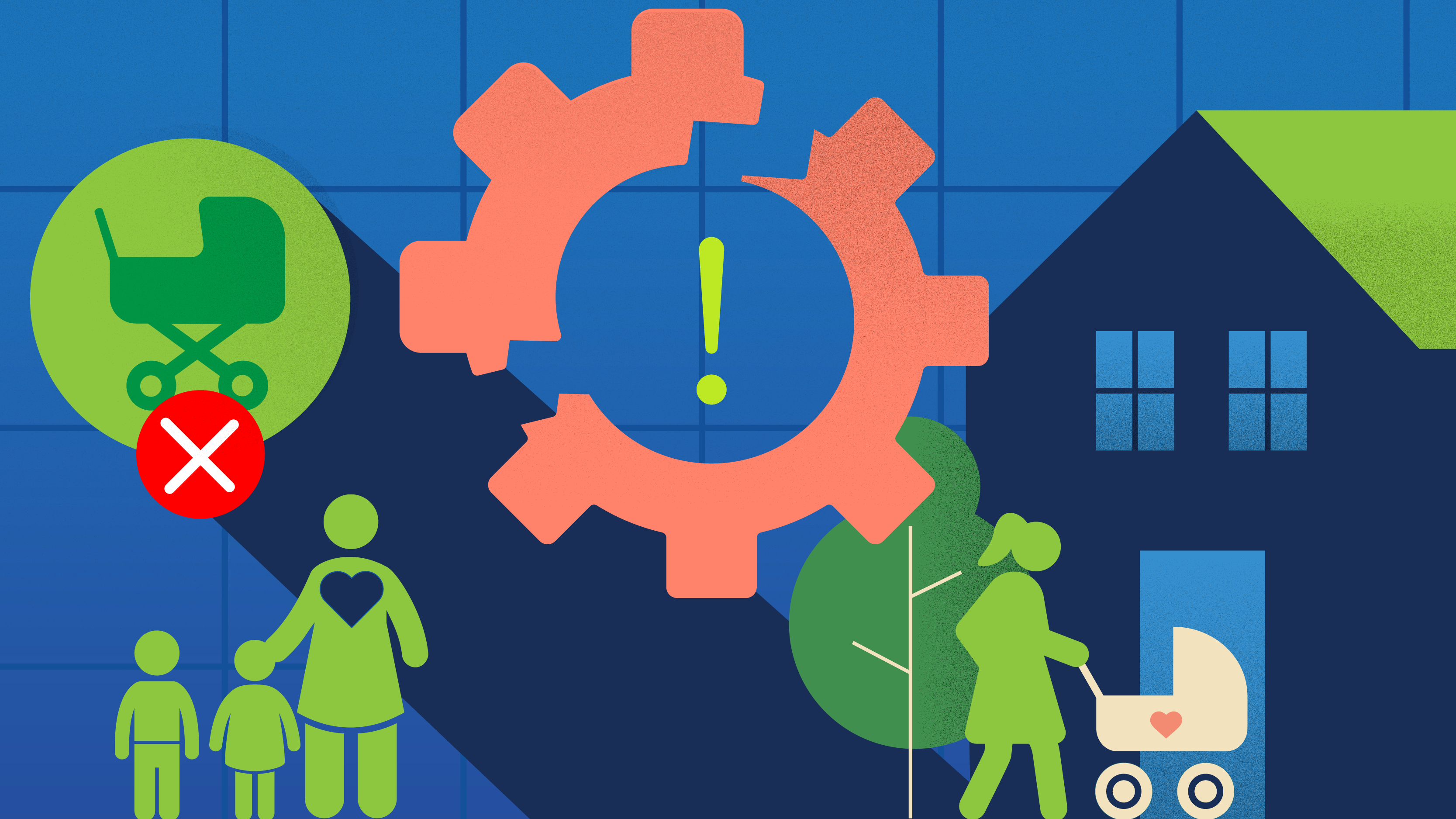Dec 10, 2021
How Computational Thinking Can Change Education in NYC
Ensuring equity as we prepare our students for the future
By Steven Azeka, Program Officer, Computational Thinking Portfolio | Learning + Technology Fund

Photo Credit: Cornell Tech
Mrs. Braut’s third grade class was a hive of activity. Students worked together in small, animated groups to solve new and complex math problems using a variety of strategies from pencils to new digital learning tools. But this was 2021, amid the pandemic, and while some students sat together in person in the classroom at the Clement C. Moore School (P.S. 13) in Elmhurst, Queens, one of the hardest-hit neighborhoods, many others logged on from home.
What would have been a strong and compelling lesson pre-pandemic was made exceptional given a year of vacillating between learning in-person, online, or as in this day, both. Mrs. Braut was up to the challenge. Beyond simultaneously teaching her students in person and online, a feat in and of itself, she was leveraging this new hybrid learning experience to position her students as active participants able to ask questions and solve problems with technology. Mrs. Braut was modelling what all classrooms should be like, pre-pandemic, during the pandemic, and whatever lies ahead.
She was teaching her third graders to be computational thinkers.
New York City is at an inflection point. As we welcome a new Chancellor of the New York City school system, it is critical that we prioritize the equitable integration of computational thinking into all NYC schools.
Computational thinking is the ability to ask questions and solve problems with computers and it is core to the abilities of students to become active and engaged citizens that are employable in our increasingly digital world. In developing computational thinking skills, the students in Mrs. Braut’s class are better able to deepen their understanding of disciplines, like English language arts, math, science, and social studies, setting them on the path to improved academic outcomes.

Mrs. Braut is also preparing her students for the workforce in third grade! Cross-sector tech jobs had the greatest number of openings in New York since the onset of the pandemic, according to a report from the Center for an Urban Future, and are only poised to grow faster in the coming years.
Over the last 20 months, New York City witnessed the largest push in its history to use computer-related technology for education, providing over 300,000 devices and Wi-Fi to enable its 1.1 million students to move to online learning. Despite the broad availability of technology, many classes across the city — at no fault of teachers or schools — still teach through old style worksheets and packets sent home or unchallenging iPad applications.
The response to COVID-19 shone a bright light on the glaring inequities that plague the education system, a system where pre-pandemic, 30% of Latinx and Black New Yorkers lacked the broadband internet access required for online learning, compared to 20% of white New Yorkers; and fewer than four out of 10 Latinx and Black students achieved proficiency in literacy and math, compared to six out of 10 of their white peers. For third graders and all students across the city, there was now another divide: between students who were and were not being given the opportunity to think computationally, or students who were or were not in Mrs. Braut’s class or classes with teachers like Mrs. Braut.
The Robin Hood Learning + Technology Fund, with our community and school partners, is taking up the challenge to ensure that every student in New York City learns how to be a computational thinker.
Our efforts date back to 2015 when Robin Hood was one of the founding funders of Computer Science for All (CS4All), an ambitious initiative to provide Computer Science (CS) education to all K-12 students in NYC. Since its launch, CS4All has increased CS education from fewer than 180 schools to over 825 of the city’s 1,608 district schools.
Despite CS4All’s incredible progress, inequities persist. As of 2021, nearly 40% of the city’s schools either do not offer CS or are only reaching a small proportion of their student enrollment (i.e., less than 10%). And the schools and students that are left out are primarily serving Black and Latinx students, further widening inequities. Nationwide, only 22% of AP computer science test takers are underrepresented minorities, despite making up 40% of the U.S. student population. We know the numbers can increase enormously if the classes are taught and students are encouraged to take the AP exams, and CS4All did just that; the number of Black and Latinx students taking AP Computer Science exams in New York City has increased by over 55% and 46% respectively since 2017.
Achieving equity in computing science and computational thinking will not happen by chance. As we move forward, we must keep equity at the forefront.

Two recent reports published with support from the Robin Hood Learning + Technology Fund highlight strategies to make this a reality:
Integrate computational thinking into core subjects.
According to a report from the National Academies of Sciences, Engineering and Medicine (NASEM), computational thinking (CT) can be effectively integrated into core subject areas. Historically, CT education takes place in a separate technology or digital media course, which restricts the amount of exposure that students have to CT. By integrating CT into core subjects, not only will students have greater exposure to computing, but research shows they will also benefit from a deeper understanding of different subjects.
Support teachers to integrate computational thinking.
According to a report from Digital Promise, new initiatives often start and end with a few early adopters. If we aim to educate all, larger systems need to build capacity for those who are ready to jump in and those who desire additional support. For instance, the report highlights an example from another Learning + Tech Fund partner, Project Tomorrow, that is providing educators with individualized coaching, assessments, and a professional learning community to successfully bring CT into their classrooms. Project Tomorrow is also training school-based CT leads who ensure the sustainability of the model. This is a promising, scalable model to equitably integrate CT moving forward.
Like several other states, New York has recently approved a set of computer science and digital fluency standards with computational thinking as a key concept. By September 2024, all students throughout the state will be required to become computationally proficient. This is the right goal, and we must ensure that NYC public schools achieve this standard equitably across all districts and all five boroughs.
We at Robin Hood look forward to working with the next school chancellor to ensure our students are set up for success — today and for years to come.
And what can you do? Starting this Computer Science Education Week (CSEdWeek), if you are a parent, ask your child’s teacher if they are teaching computational thinking. If you are a school leader, make CT a priority. If you are a teacher, take advantage of the training and curricular resources offered by CS4ALL and a myriad of partners in New York City. If you are a researcher, help us make the case for why this is important. If you are a part of a teacher training organization or a curriculum provider, build CT into your offering.
If you are a student, ask your school to offer more computing learning opportunities. This is what we want for all students. We will only get there if we do it together.



